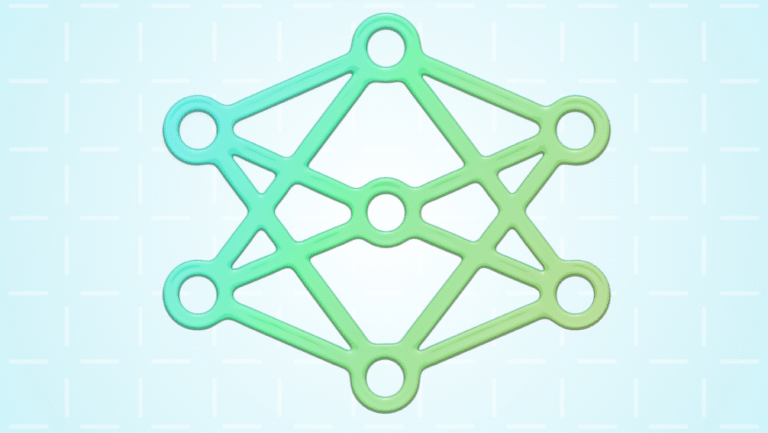In the ever-evolving world of Product Management, the role of a Product Manager is not just about envisioning and creating great products; it’s about creating products that deeply resonate with the users and make their lives better in some way. One powerful way to achieve this is by involving your users in the product’s narrative and using the art of storytelling to uncover the jobs to be done that can transform their lives… and ultimately make them the hero when they use your product! Let’s explore some of the best ways you can connect with users and put them in the protagonist’s role of your product’s story.
Building User-Centricity
To truly connect with your users, you must begin by placing them at the center of your product development process. This involves understanding their needs, aspirations, and pain points; in short, the jobs to be done and the hurdles to get them done. A “job to be done” is simply the progress that a user is trying to make in a given situation. Our ultimate goal is help them do exactly that. Invite your users to become an integral part of your product’s journey by making them contributing authors as you write the story. Any successful product person will tell you it is absolutely key to spend a large percentage of your time with actual users. But beyond that, you need to synthesize and re-enforce the insights you gain into actionable quantitative and qualitative data points. Here are some engagement strategies:
Surveys and Feedback Loops: Keep channels open and users engaged by regularly collecting feedback through surveys and feedback loops. Ensure that the feedback channels are easily accessible, timely, and user-friendly.
User Personas: Develop detailed user personas to understand the various segments of your user base. This will help you tailor your product’s story to specific user groups. In many cases each persona may have a product story that puts them in a starring role.
The Art of Storytelling
Storytelling is a powerful tool that can help you weave your users into the narrative of your product. Once you have your users featured as protagonists in your story, it’s important to highlight them front and center as you tell it. Here are a couple ways to do that:
User Testimonials: Feature user testimonials on your website, in marketing materials, and within the product itself. These can be written, or in audio/video format. These stories should highlight the specific problems your product solved for your user. When a potential customer of your product encounters a “bird of a feather” or someone that they immediately relate to because of a common challenge, or interest…. They will be inclined to “flock” to your product. Keep in mind, that the end-goal is for a user of your product to be both functionally and emotionally satisfied. In other words, they have been given the tools to complete their job better, faster, or less encumbered than they could before…. And… they feel good about it. This positive affect is important, because it is means that whatever the trade-off (cost, time, etc.) was to get to this point, was WORTH IT. That brings us to the Case Studies.
Case Studies: Create case studies that demonstrate how your product made a significant impact on a user’s life or business. Here you have the time and space to tell the whole story (general marketing materials are the trailer or highlight reel). You should discuss the previous state, the challenges, how you helped them cross the chasm, and how they feel about it afterwards.
Discovering the Jobs to Be Done
Uncovering the jobs to be done for your users is a fundamental aspect of building a user-centric product. For the purposes of this article, we aren’t speaking to any of the specific frameworks around JTBD, but rather the concept. Regardless of how you approach it, jobs to be done represent the core tasks or problems that users seek to address within a given context. Here are some methods to help bring these to the forefront:
Interviews: Conduct in-depth interviews with users, where you not only ask about their experiences with your product but also about their broader goals and challenges in their workflow. This is a great place to dig into the pain. “Tell me more” is a super powerful phrase to get underneath what might come across as a passing grumble or complaint, be it about something in your product, or something task related. In my experience, users are typically more than happy to go down this road with you if they feel you genuinely care and are there with no other purpose than to listen and try to help.
Contextual Inquiry: Observe users in their natural environment to understand how they use your product and identify any unmet needs. This is the opportunity for you to spot pain that might not get called out in an interview, because users have grown so used to doing it. For example, you notice a user has to go back and forth between menus 5x to complete one single step in their workflow. As someone not doing this everyday, you immediately flag that that would be irritating if you had to do that. Alas, an opportunity to let your user save the day with fewer clicks and more efficiency! As a side note… this is also a tremendous opportunity to take note of things in your product that may notbe getting used. So many times, improvements get made, but never make their way into the routines of users. That is another article for another time.
Empathy Mapping: Create empathy maps to visualize user thoughts, feelings, and pain points. This can provide insights into the emotional aspects of the jobs to be done. This typically overlays really nicely on top of a user journey map. Think about at what points the user feels happy or accomplished, vs. angry or agitated. We all ride this emotional spectrum during our everyday work sometimes without even realizing it because we are busy and need to get things done. Going through this exercise will show you were the largest opportunities for “ah-hah!” moments and turning a user in your favor.
Keep Going
User-centered storytelling is not a one-time effort. It should be integrated into your iterative product development cycle. Here’s how:
Agile: Use agile development methodologies to continually incorporate user feedback and adapt your product’s narrative. Make it part of your process. Insist on it being a component of user stories that make it into your product backlog. One word of caution here… the challenge of reality does exist here. It all sounds so simple…. Talk to users, see their problems, enable them to solve their problems, celebrate, profit, repeat! But, be realistic about the expectations you have for yourself, your team, and those you set with users. We all have limited budgets, staff, time, and energy. As much as we product-types love to solve all the world’s woes one feature at a time… we simply won’t be able to do it all. This makes having a solid iterative development practice with business prioritization at the center key to success. It is critical that you have a way to evaluate stories that will deliver the maximum impact, and success measures for your product.
A/B Testing: Experiment with different story elements, features, or user personas through A/B testing to determine what resonates most with your users and/or best addresses the challenges they face. Don’t declare victory and assume you have solved a problem for people, until you see it happen consistently.
In summary, incorporating user-centered storytelling into your product management approach can have a profound impact on your product’s success. By making your users contributing authors and using storytelling to discover the jobs to be done, you’ll not only create a more engaging and relevant product but also build stronger, long-lasting relationships with your user base. Remember, in the world of product management, it’s not just about the product; it’s about the story you tell and the lives you transform in the process.



